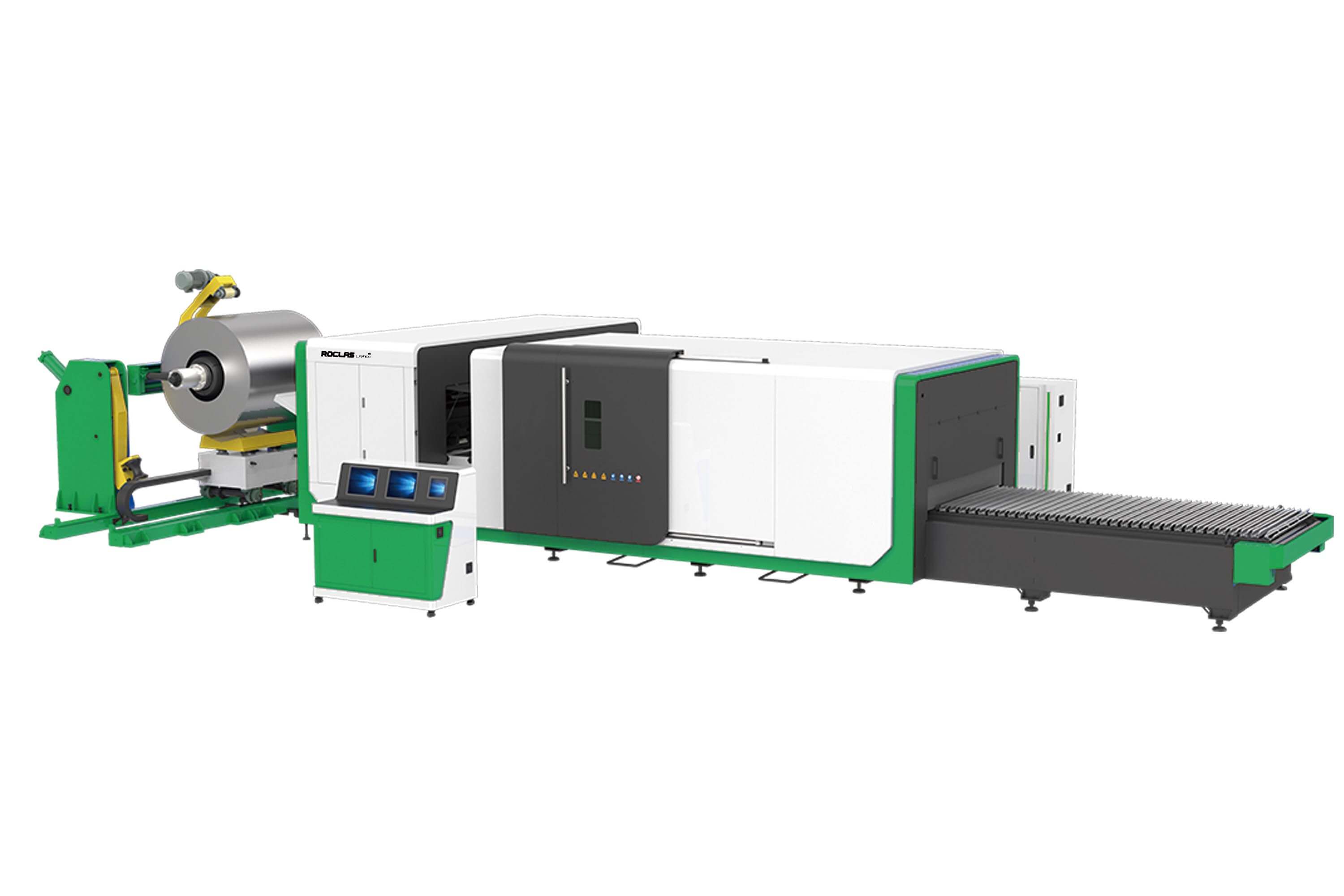In modern industrial manufacturing, fiber laser cutting technology has redefined precision standards with its micron-level accuracy. Roclas, as a leader in this field, achieves cutting tolerances as tight as ±0.05mm through an integrated system of optical engineering, mechanical innovation, and AI-driven control. This paper explores the core technologies behind its exceptional performance.

Roclas employs proprietary single-mode fiber lasers with beam quality (M²) below 1.1, ensuring a near-perfect Gaussian beam profile. This reduces energy divergence during transmission, maintaining focus spot diameters as small as 20μm at optimal working distances.
The dynamic collimation system incorporates:
Motorized zoom lenses with 0.1μm positioning resolution
Real-time curvature sensors for material thickness compensation
Air-assisted nozzle design preventing lens contamination
Unlike traditional ball bearings, Roclas machines use hydrostatic guideways:
Eliminates mechanical friction for infinite motion smoothness
Achieves 0.1μm repeatability in XYZ axes
Vibration damping reduces harmonic disturbances by 80%
The granite base and liquid cooling system maintain 0.2°C/hour temperature stability, counteracting thermal expansion effects that typically cause 3μm/meter dimensional drift in conventional machines.
Machine learning algorithms analyze:
Material reflection coefficients
Gas flow dynamics
Kerf width patterns
Adjusting power/pulse parameters every 0.01 second for consistent edge quality.
LIDAR sensors detect:
Sheet warpage (compensation range ±2mm)
Tool wear (prediction accuracy 95%)
Environmental humidity (0.1% RH sensitivity)
Roclas' precision stems from its holistic approach integrating quantum optics, tribology-free mechanics, and adaptive intelligence. As Industry 4.0 demands tighter tolerances, these innovations set new benchmarks for precision manufacturing.
Regardless of whether you require general advice or specific support, we are happy to help you.